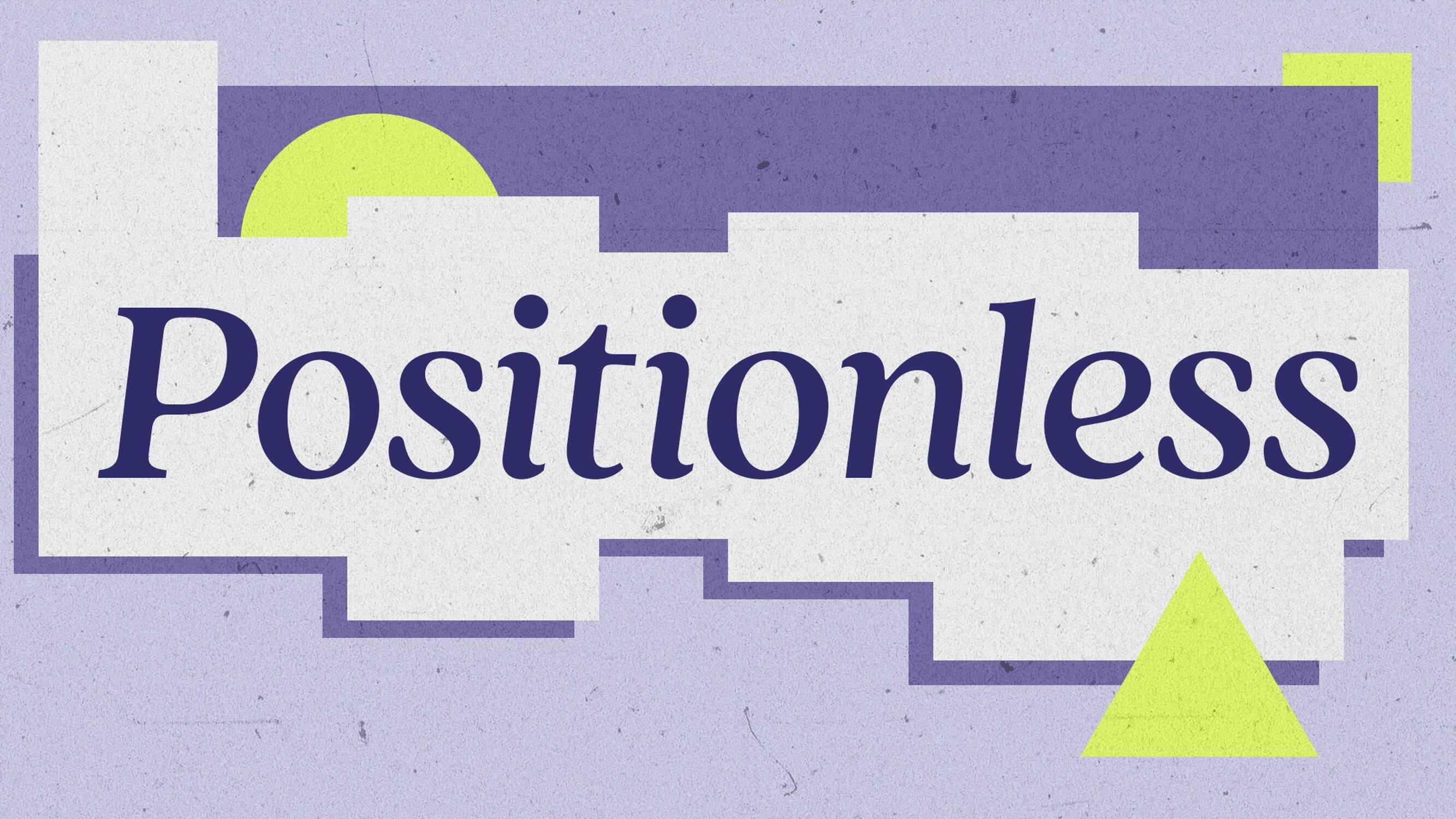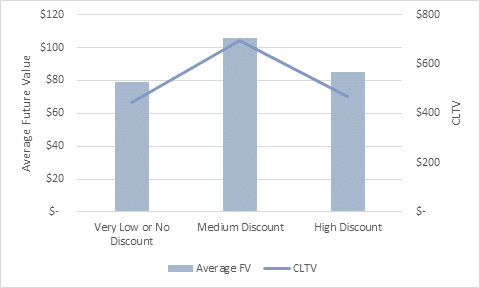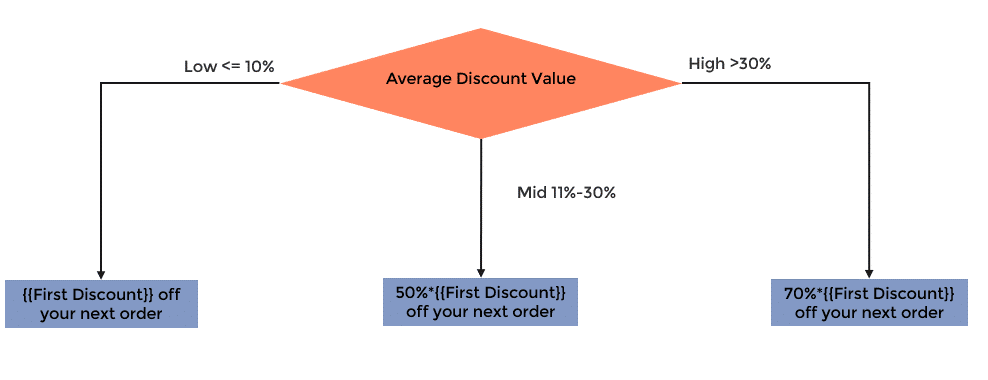
AI and the Retail Marketer’s Future
How AI transforms strategy and processes, driving the adoption of Positionless Marketing
Exclusive Forrester Report on AI in Marketing

Knowing your customers is key to effective marketing — we all agree on that. And one of the most common ways to attract new customers and retain legacy customers is to offer discounts. Once you get to know each type of customer segment better, choosing the optimal discount amount becomes easier. But the question is, what discount to offer and how will it affect your customers' lifetime value (LTV)? Different levels of discounts will influence not only the customer LTV directly but also specific customer behavior patterns. By identifying the optimal discount level, you can address both these aspects, that ultimately intertwine, to deliver the optimal outcome.
The first step towards identifying the effect discounts have is to examine the historical data of your customers. By clustering customers based on their discount affinity, you can view how they react to different levels of discounts, and what behavior each range cultivates. Although you could divide your customers into many granular segments based on their discount affinity, in most cases splitting them into these three tiers will work:
My firm, Optimove, analyzed the likelihood of a new customer making an additional order based on the discount claimed on their first order. Results showed that the possibility of a newly acquired customer making subsequent orders and developing brand loyalty is significantly higher when the discount claimed on the first offer is between 5% and 20%.
The same research showed little to no difference between offering a 10% or 20% discount on customer's likelihood to purchase again and their average future value. While providing high discounts may increase the number of orders you generate, it will typically lower the average order value. Counterintuitively, it also tends to reduce customer LTV.

When further examining the average future value of customers based on their discount affinity, you can see that offering a medium-sized discount can increase the average future value of a customer by 20% to 25%, compared to offering high or no discounts. Furthermore, the average future value of customers who receive no discount and those who receive a high discount is nearly identical. So, are high discounts even necessary or desirable? Probably not. One retailer divided its customers based on the following discount range:
The graph below demonstrates the average future value and customer LTV of customers based on their discount affinity:

Although we've seen that offering high or no discounts is not ideal for customer LTV, there are ways for marketers to utilize this data in their marketing efforts:
Our research showed the likelihood of making additional orders increases with every subsequent order. By gradually reducing discounts, you encourage the customer to make other purchases, while slowly educating them to purchase with optimal discount levels.

As in many other aspects of life, less is more. To create brand awareness and loyalty, you want to be selective with the discounts you offer to ensure you're encouraging brand-positive customer behaviors. Our research identified the optimum discount value as 5% to 10%, so hovering around that range whenever possible will probably be most beneficial to your brand. Furthermore, it's essential to realize that while offering high discounts and lower prices can bring an influx of customers. They will not necessarily be the customer you want to invest in. As seen, driving high customer LTV counterintuitively requires moderate incentives.
Exclusive Forrester Report on AI in Marketing
In this proprietary Forrester report, learn how global marketers use AI and Positionless Marketing to streamline workflows and increase relevance.


Pini co-founded Optimove in 2012 and has led the company, as its CEO, since its inception. With two decades of experience in analytics-driven customer marketing, business consulting and sales, he is the driving force behind Optimove. His passion for innovative and empowering technologies is what keeps Optimove ahead of the curve. He holds an MSc in Industrial Engineering and Management from Tel Aviv University.


